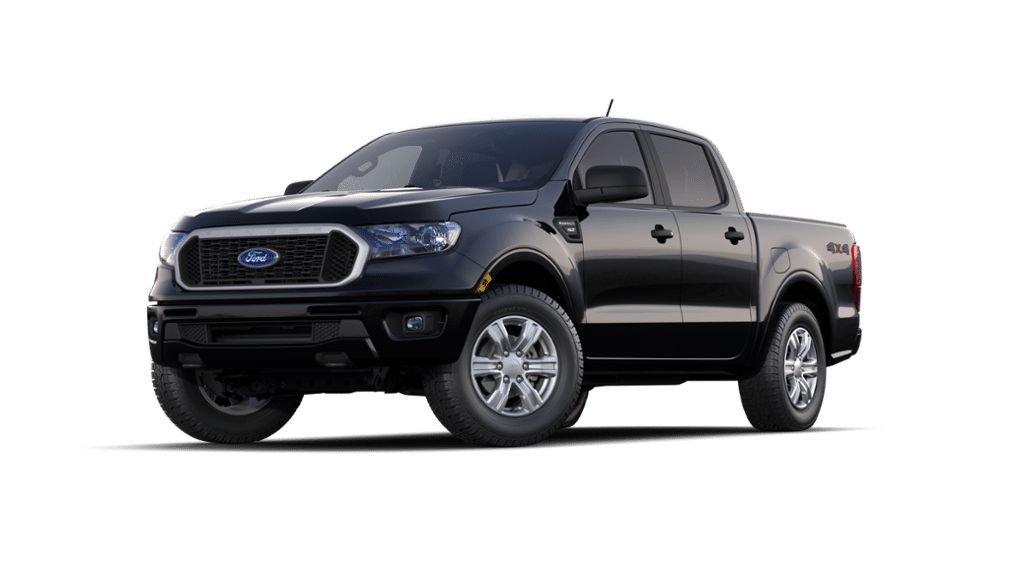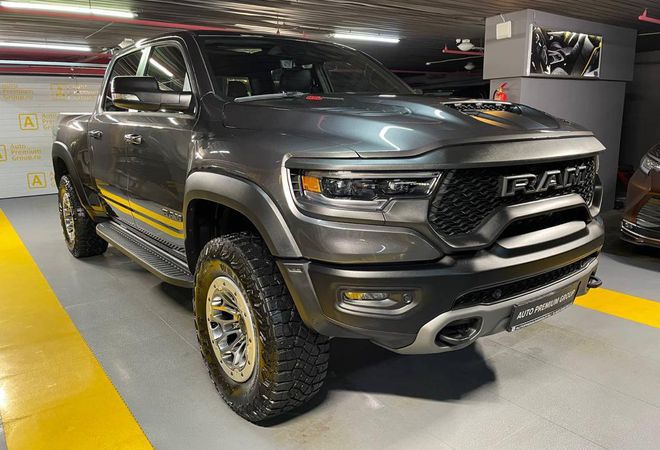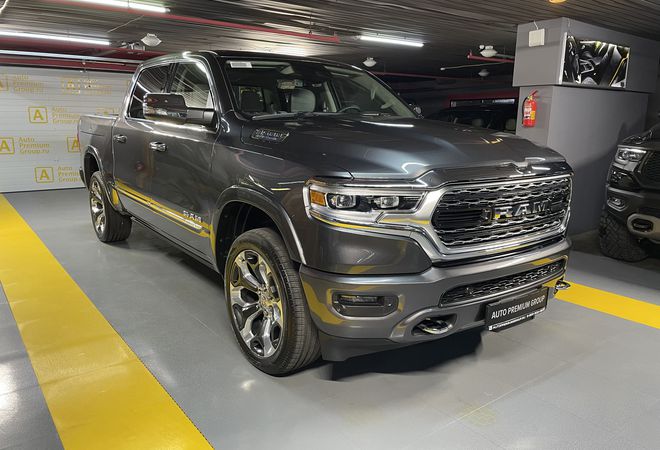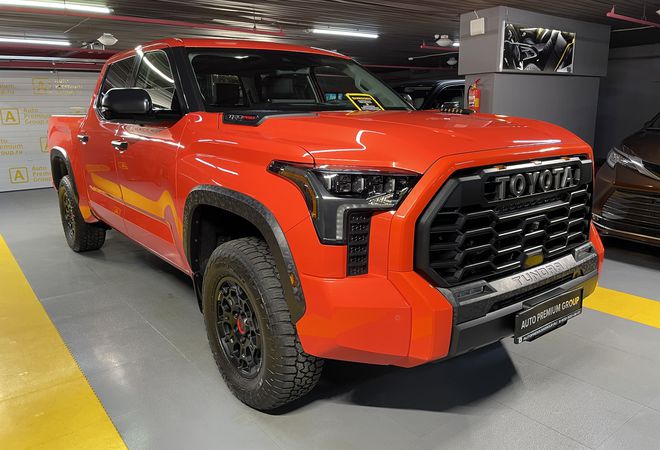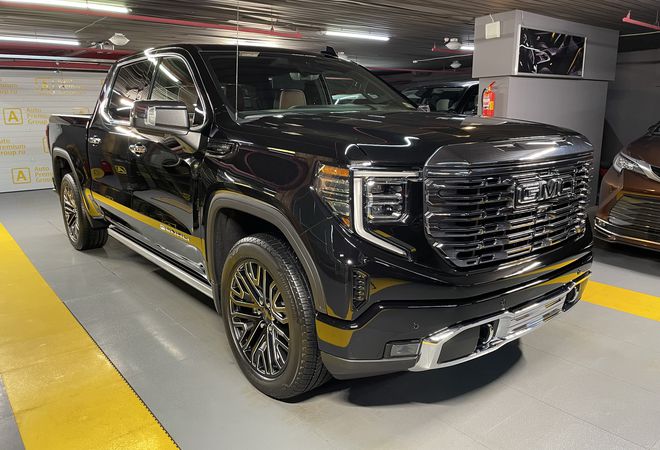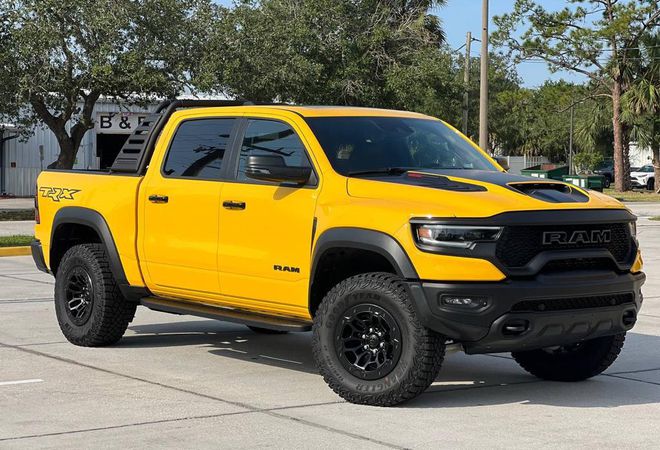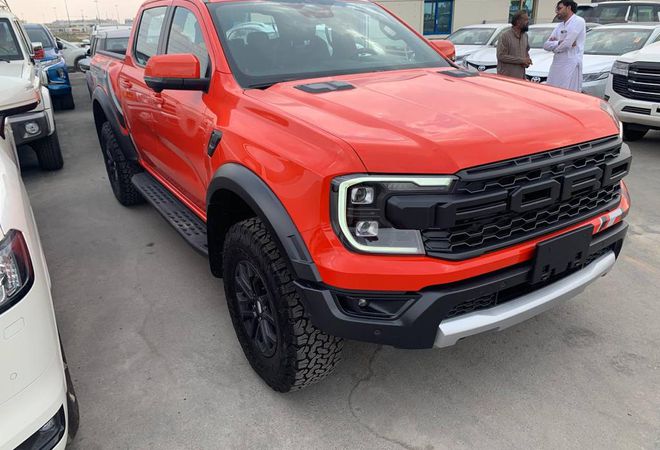Ford Ranger XLT 2021 Review
There’s an all-new Ford Ranger coming, but the long-serving T6-series 4×4 ute still has plenty going for it
As the countdown to the hotly-anticipated 2022 Ford Ranger intensifies, uptake for the outgoing model is as rampant as ever. In fact, so strong is demand for the current Ford Ranger that it could take the crown for Australia’s most popular new vehicle this year. Does the outgoing Ranger still represent good buying or should prospective owners wait for the all-new replacement?
Peter Pan of utes
Vehicles age fast in the modern automotive landscape, but few have aged as gracefully as the current T6-generation Ford Ranger.
First introduced in Australia in 2011, the Ranger has built a loyal and growing following Down Under during its 10-year tenure.
However, not even Ford Australia would have anticipated the meteoric sales boom that has occurred as the outgoing PXII-generation model – currently in MY2021.75 – marches into the sunset.
On the back of significant updates including the PXII refresh in 2015, the Ranger has experienced a massive sales uplift over the past two years.
As we close in on the end of 2021, the Ford Ranger has one hand and a few fingers on the enviable title of Australia’s most popular new car, with the chance of eclipsing the Toyota HiLux for the honour.
This all comes amid the unveiling of the new-generation Ford Ranger, a vehicle that will launch locally in early 2022.
So, why is the Ranger still so popular? And does it deserve to be? Let’s find out.
Supply and demand
The 2021 Ford Ranger continues to be a hit with Australians, even though it is not especially cheap.
There are currently 33 Ranger combinations: seven 4×2 models and 26 4×4 variants, priced between $29,190 and $79,390 (plus on-road costs).
Here, we’re driving the Ford Ranger XLT 4×4 Bi-Turbo dual-cab, which sits towards the upper reaches of the range at $61,190 plus ORCs. You can still get the same grade with an enduring 3.2-litre five-cylinder turbo-diesel from $57,490 plus ORCs in manual guise, or even less for 4×2 versions.
Those prices put the Ranger XLT squarely in the sights of comparable dual-cab offerings including the Toyota HiLux SR5 (from $58,680) and Isuzu D-Max LS-U (from $57,400).
Standard equipment on the Ford Ranger XLT comprises bi-LED headlights and LED daytime running lights, privacy glass, acoustic windscreen, keyless entry/start, dual-zone climate control, leather-wrapped steering wheel and gear shifter, auto-dimming rear-view mirror, rain-sensing wipers, reversing camera and rear parking sensors.
The standard infotainment system includes an 8.0-inch screen with Ford’s SYNC3 system (including voice integration), Apple CarPlay and Android Auto, Bluetooth phone and music streaming, CD player, digital radio and AM/FM radio.
New Ford Ranger for 2022: World debut
FordPass Connect lets you start your Ranger by remote control, monitor its health via mobile phone, or even locate it if you’ve somehow misplaced it.
All Ford Ranger variants come with front, side and curtain airbags, anti-lock brakes, autonomous emergency braking (AEB) with pedestrian detection, and emergency assistance – if an airbag is deployed or the fuel pump deactivated, the Bluetooth-paired mobile phone automatically calls emergency services and provides the vehicle location.
Also included are auto high beam headlights, a driver impairment monitor that senses if the car is drifting off course, electronic traction, stability and trailer sway controls, traffic sign recognition, cruise control, hill start assist, lane keeping aid, and load adaptive control.
The Ranger has a five-star ANCAP safety rating that dates back to 2015.
Premium paint for the Ford Ranger adds $650, the spray-in bedliner costs $300, while a tech pack comprising adaptive cruise control and semi-auto park assist will set you back $800.
The leather seat option in the Ranger XLT adds a further $1500 and 18-inch black alloys another $750.
The Ranger is backed by Ford Australia’s five-year/unlimited-kilometre warranty and seven years’ roadside assist.
Servicing intervals are set at 12 months/15,000km. According to Ford Australia, the first five years/60,000km worth of servicing will set owners back $1551.
The Ford Ranger XLT is also fitted standard with a tow bar and a full-size spare wheel.
The engine room
There are two engine choices with 4×4 versions of the PXII 2021 Ford Ranger.
A 3.2-litre five-cylinder direct-injection turbo-diesel is the entry offering, generating 147kW/470Nm and combining with either a six-speed manual or six-speed automatic transmission.
Then there’s the 2.0-litre four-cylinder twin-turbo direct-injection diesel driven here. Developing 157kW/500Nm, Ford’s Bi-Turbo engine is only available with a 10-speed automatic.
It offers a combined-cycle fuel consumption claim of 7.4L/100km.
The 4×4 system is part-time and comes as rear-wheel drive and 4×4 high-range and low-range, with a locking rear differential to aid progress in gnarly terrain.
The body-on-frame construction is underpinned by double-wishbone front suspension and a leaf-spring rear-end. The Ranger persists with outdated rear drum brakes that aren’t really conducive to regular 3.5-tonne towing, in our opinion.
The Ranger XLT 4×4 Bi-Turbo boasts a 1003kg payload, a 3200kg gross vehicle mass (GVM) and a 6000kg gross combination mass (GCM.
Ground clearance is listed at 237mm, while the rated water wading depth is a handy 800mm.
The Ranger’s tray isn’t quite big enough to fit an 1165x1165mm Australian pallet between the wheel-arches, but the load area is accessed via a hydraulically-assisted tailgate and features LED lighting and a 12-volt outlet.
Annoyingly, the standard plastic tray liner doesn’t extend to the top of the tailgate – one to be wary of if you’re regularly loading dirt bikes into the back using a ramp!
In the skin
There’s a lot to like about the interior of the 2021 Ford Ranger XLT 4×4 Bi-Turbo.
Although everything has a hard-wearing premise, the internals are comfortable, practical and easy to live with.
Softer materials adorn the contact points and steering wheel, while the interior feels well put together and is devoid of squeaks and rattles. The grey plastic highlights on our test vehicle feel a bit cheap, but break up the swathes of black panels.
Small detail elements go a long way, including the lengthy adjustment for the sun visor, which extends all the way along the driver’s window to block out sideways sun.
Despite no reach adjustment for the steering column, the seating position is low-slung and ergonomically sound. We found the cloth seats offered excellent long-journey amenity with adequate support and bolstering.
One caveat with our particular test car (with 20,000km on the odometer) – the front seats were a bit squeaky each time you moved in them.
More Research
2021 Ford Ranger Pricing & Specs
Read what 2021 Ford Ranger owners think
Read more Ford Ranger news & reviews
The SYNC3 infotainment system is relatively straight-forward to operate, while a bevy of hard-wired switchgear offers easy access to climate control, infotainment volume and the like. Three front USB ports are provided, while Apple CarPlay and Android Auto are nicely integrated.
All told, we reckon Ford was a bit ambitious when designing its instrument cluster, the right LCD panel in particular. For example, if you like to see the tacho, you can’t also see the trip computer, and there’s a lot of thumbing around on steering wheel control buttons to change between the modes.
Further back, the Ranger offers spatial proportions that are middle of the road for the dual-cab ute class.
Side steps and moderate rear door apertures ensure easy loading and unloading of little ones into their seats. Adults have little trouble either, though a B-pillar grab rail would no doubt make life better.
There are no rear air vents but you do get a rear 12-volt outlet, a flip-down arm rest and deep door pockets.
The Ranger continues to impress with segment-leading inclusions like the 230-volt household power inverter and individual hard-mounted top-tether points, rather than flimsy looping points fitted to many other dual-cab offerings.
An on-road winner
Perhaps the best vindication of the performance of the 2021 Ford Ranger is the fact it remains our pick in the 4×4 dual-cab ute segment.
On the back of a well-reported Australian development and tuning program, the PXII has beaten newer products from Toyota, Isuzu, Mazda, Nissan and Mitsubishi over the past 12 months – both in individual comparisons and our group mega-test.
A polished on-road ride highlighted by precise, electrically-assisted steering and bump absorption traits pairs with competent and trusted dynamics under load. The upshot is the Ranger feels polished and stable, irrespective of whether you’re ferrying the family or have it loaded to the hilt on a trip away.
The Ranger changes direction with aplomb, while its underlying stability control suite enables confidence on slippery surfaces.
Although it isn’t immune to ‘tremoring’ over bumps that tends to afflict all dual-cab utes, the Ranger recovers quicker than most from undulations and offers more rigidity and control.
The cabin is quiet and serene in most conditions, with no thudding and crashing and minimal road noise.
Equally, the 2.0-litre Bi-Turbo engine is smooth and accessible, working well with the 10-speed automatic to offer calm passage through town and on the highway, whereupon the tachometer sits at about 2000rpm.
About the only hiccup is cold starts, when the 10-speed is prone to the occasional abrupt up-shift.
Small in displacement, the Ranger still has one of the best off-the-line responses of the modern dual-cab crop; it’s also happy to rev, though feels strongest in its broad mid-range cadence.
We found stop-start a bit tedious in heavy traffic. Even so, over the space of our loan we averaged 9.1L/100km combined – within cooee of the 7.4L/100km claim.
With a heavier load on board the 2.0-litre continues to provide dependable response, teaming with excellent on-road stability to ensure the Ranger is still a leader for load-lugging and towing.
We ventured off-road several times with the Ranger and found it to be a willing performer. The same electrically-assisted steering is light at low speeds yet offers great feeling of the terrain underneath, while the 4×4 system had no qualms getting us out of a jam and the cabin felt moderately cosseted from proceedings outside.
Worth the wait?
Even with the new generation only a matter of months away, it must be said: the current model is still a bloody good thing, as tested here in 2021 Ford Ranger XLT 4×4 Bi-Turbo guise.
To anyone who has recently purchased one, or is thinking about snapping up the last of the breed, know this: vehicles age, but few do so as gracefully as Ford’s dependable hay hauler.
How much does the 2021 Ford Ranger XLT 4×4 Bi-Turbo cost?
Price: $61,190 (plus on-road costs)
Available: Now
Engine: 2.0-litre four-cylinder twin-turbo diesel
Output: 157kW/500Nm
Transmission: 10-speed automatic
Fuel: 7.4L/100km (ADR Combined)
CO2: 195g/km (ADR Combined)
Safety rating: Five-star (ANCAP 2015)
Ford Ranger XLT
Сейчас данный автомобиль доступен только под заказ!
Также, возможно, вас заинтересуют другие автомобили в наличии:
HAVOC Edition
HAVOC Edition
В резерве
Эксклюзив








